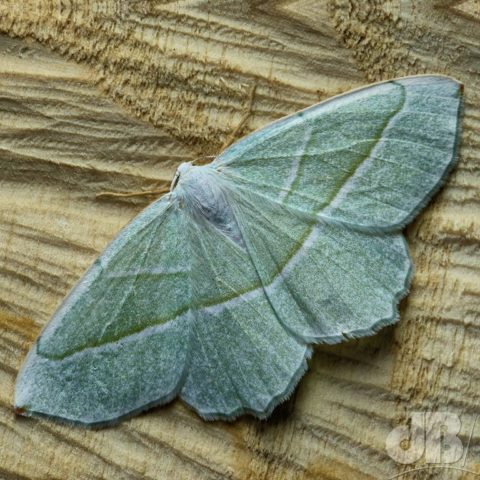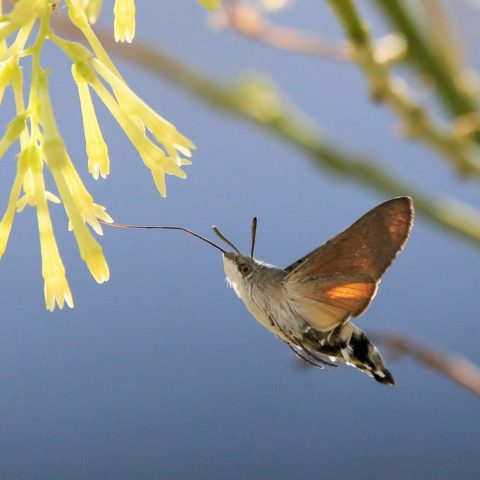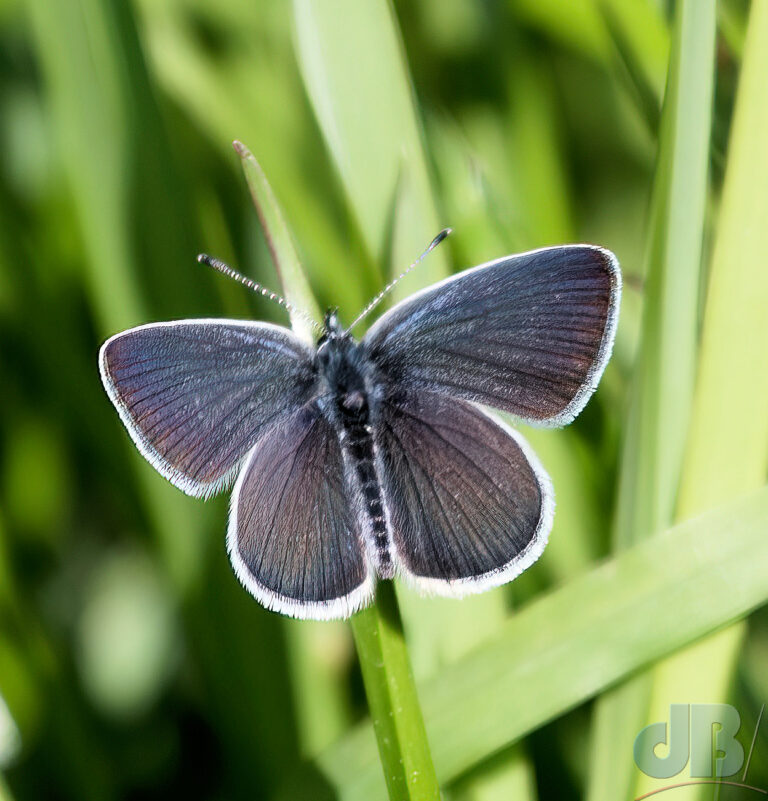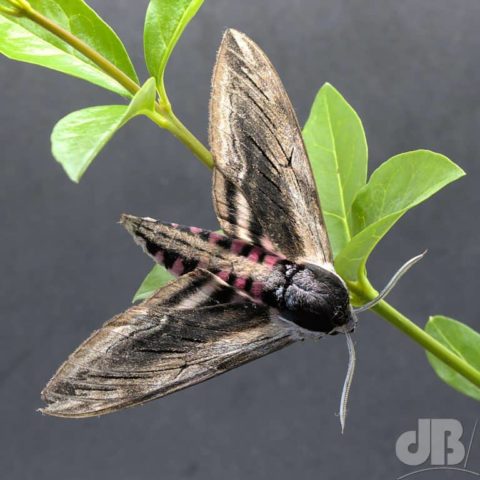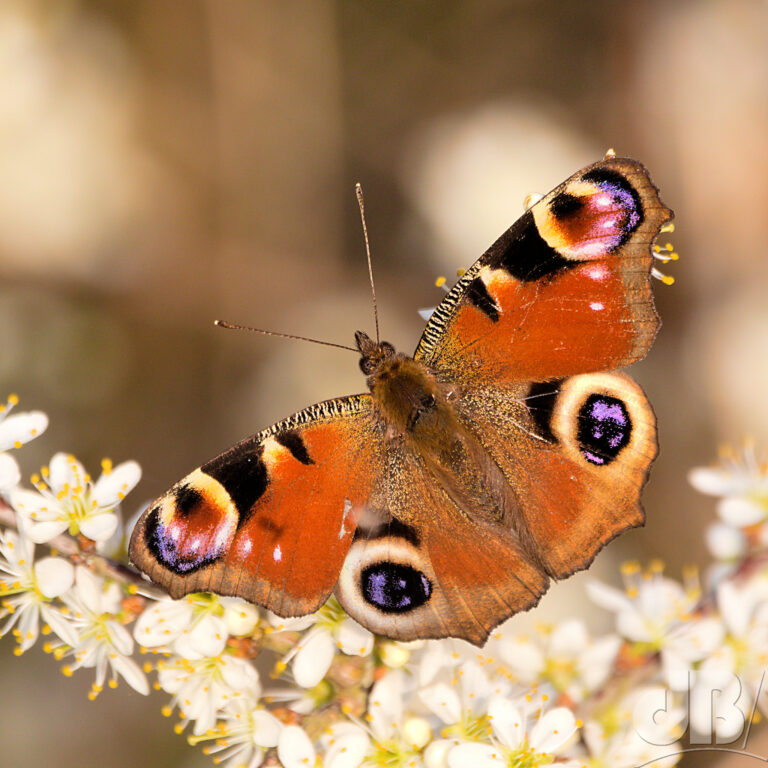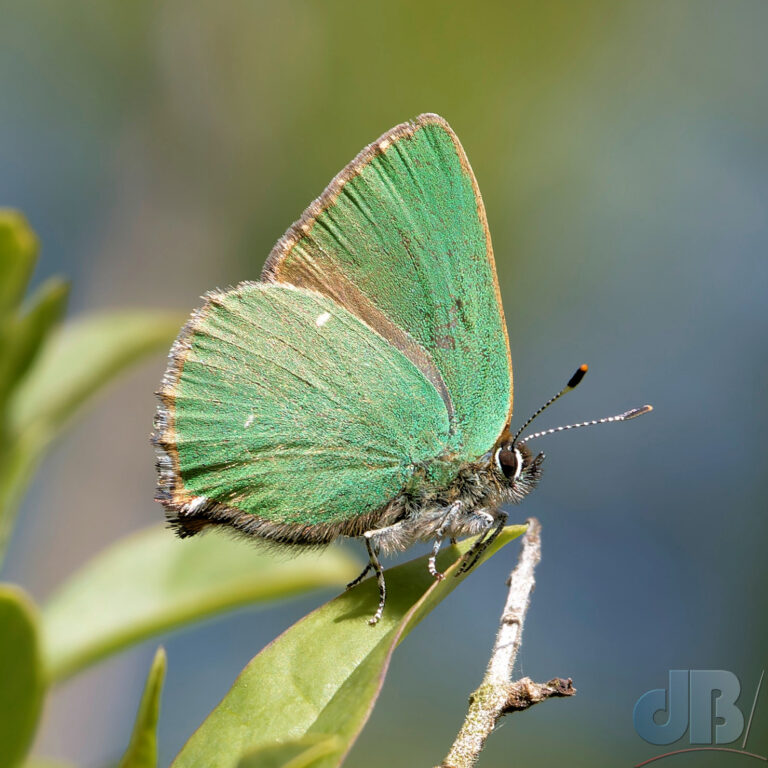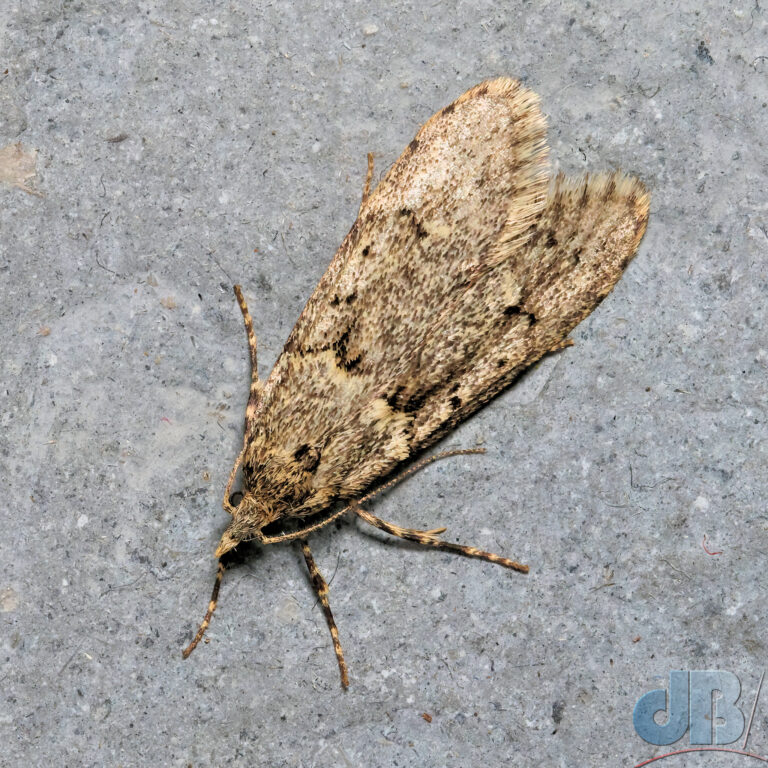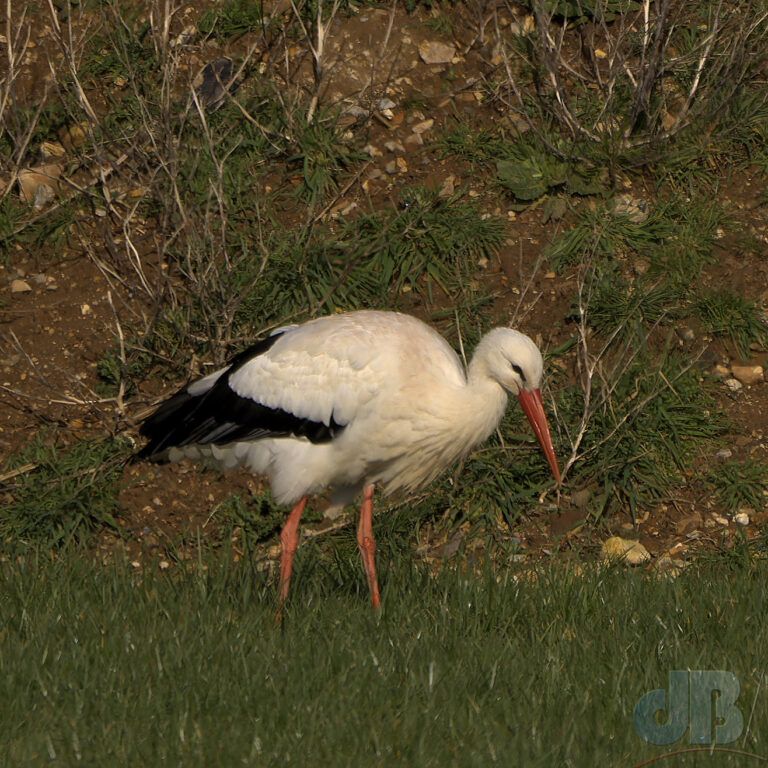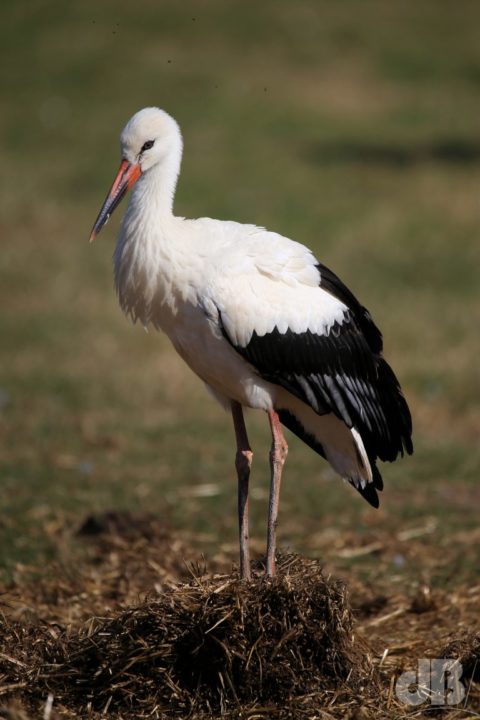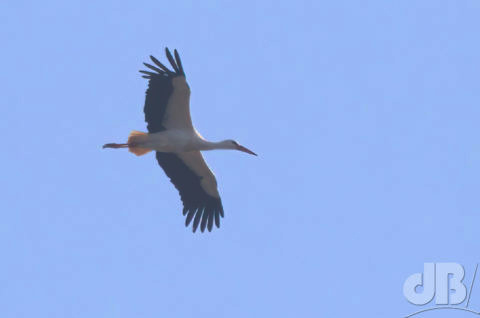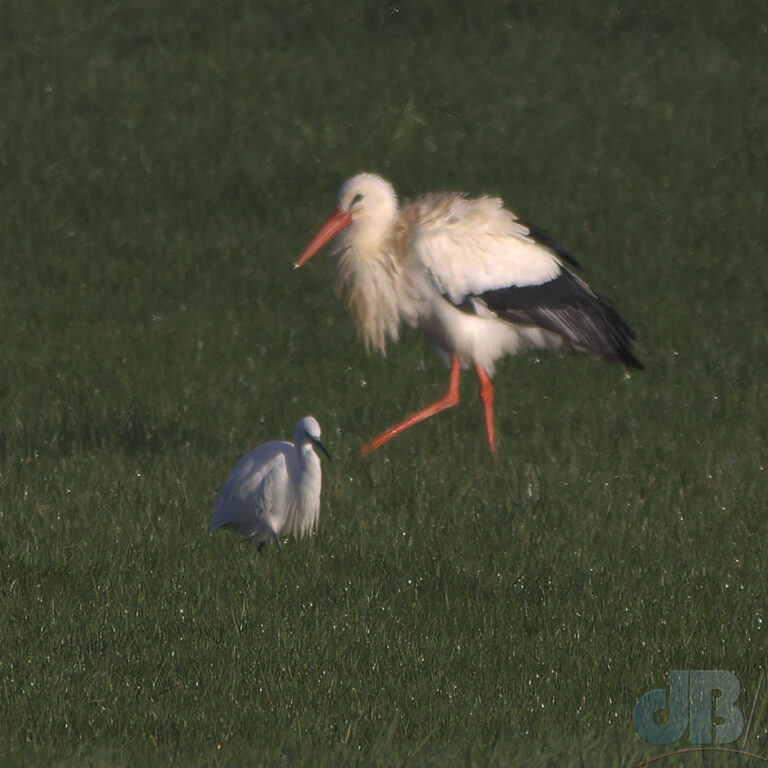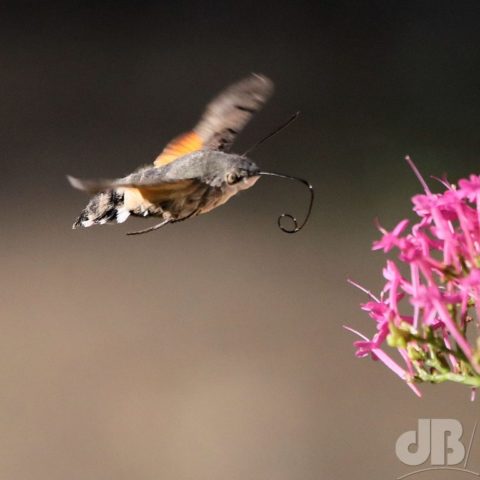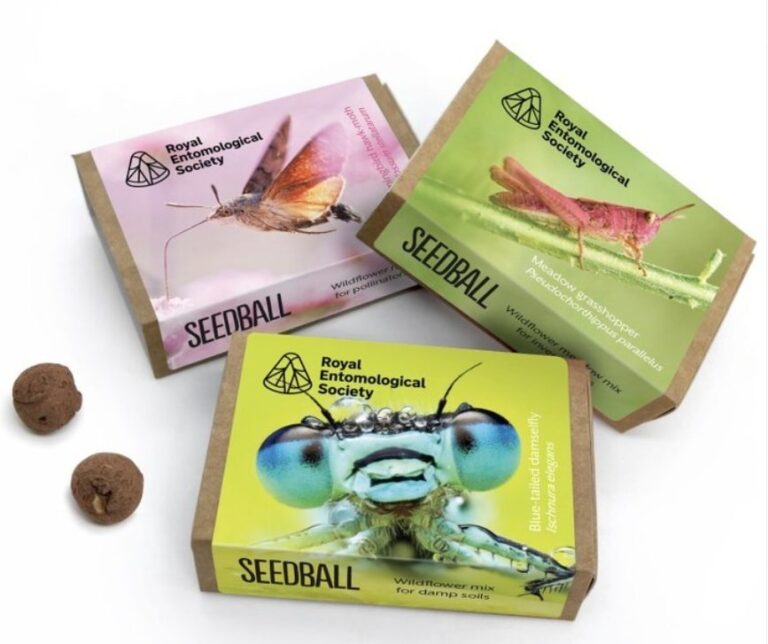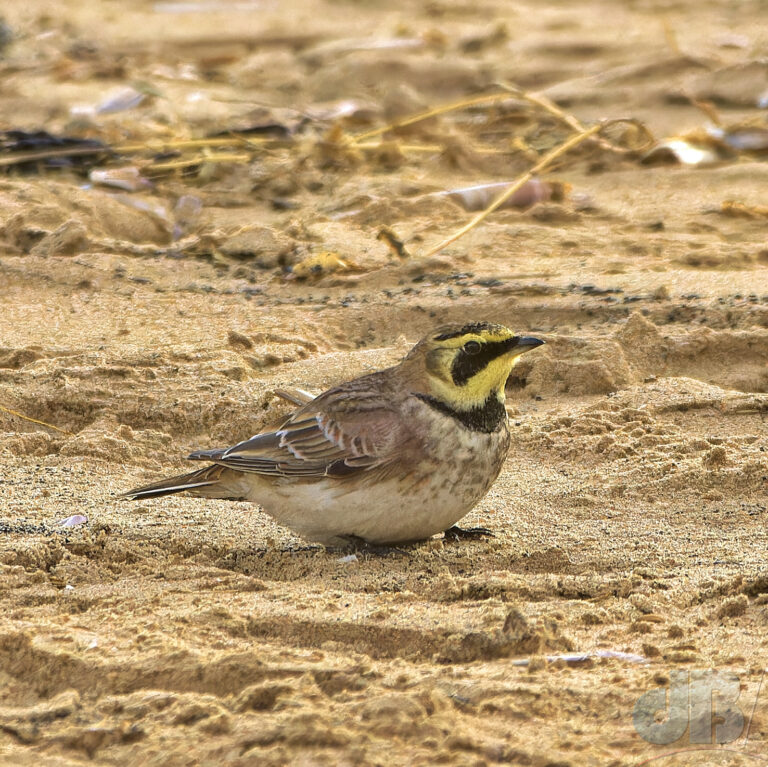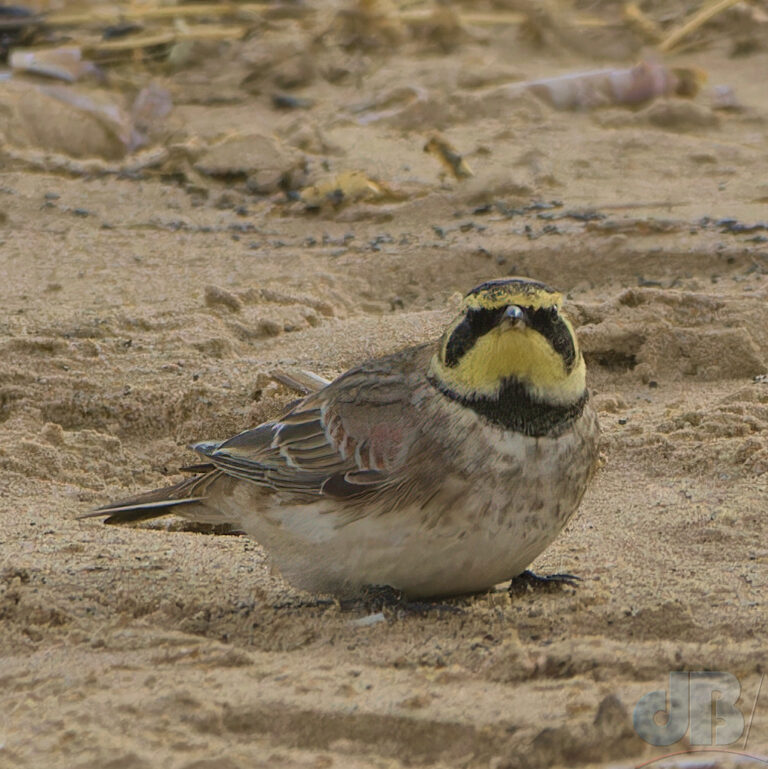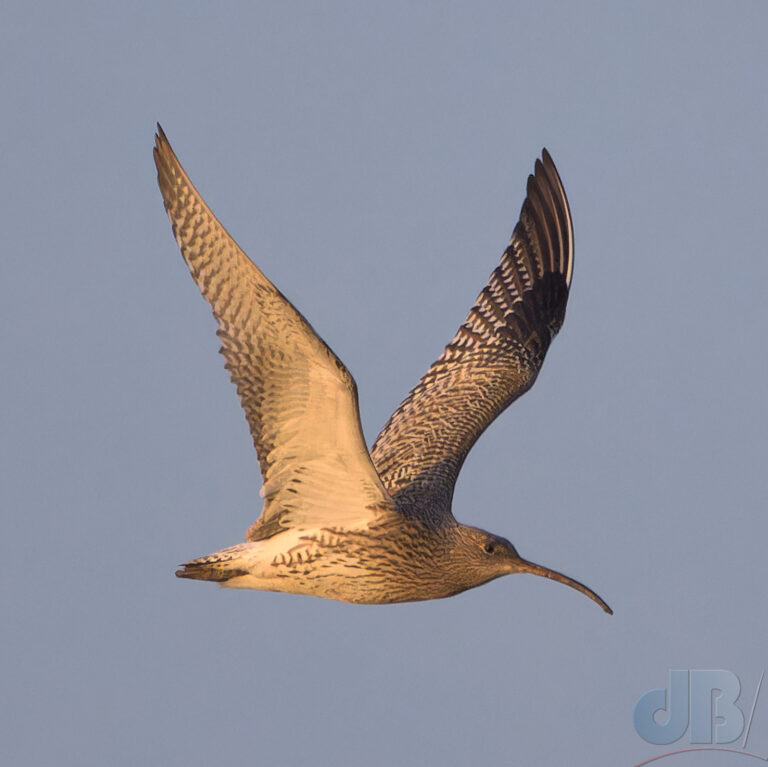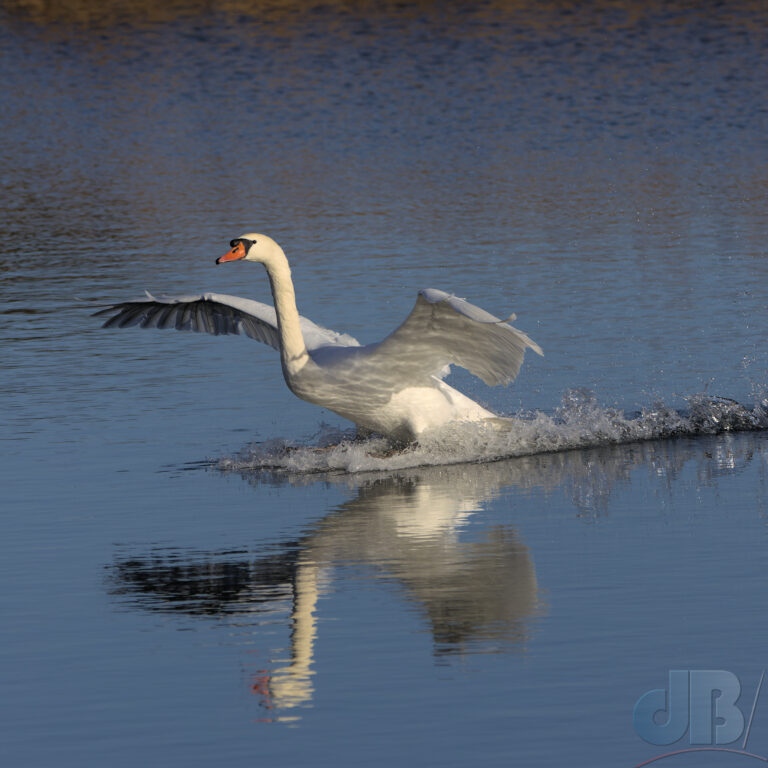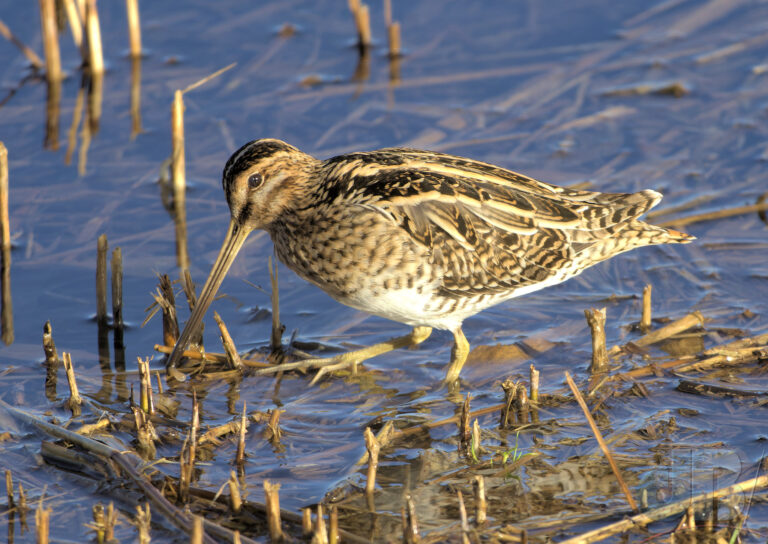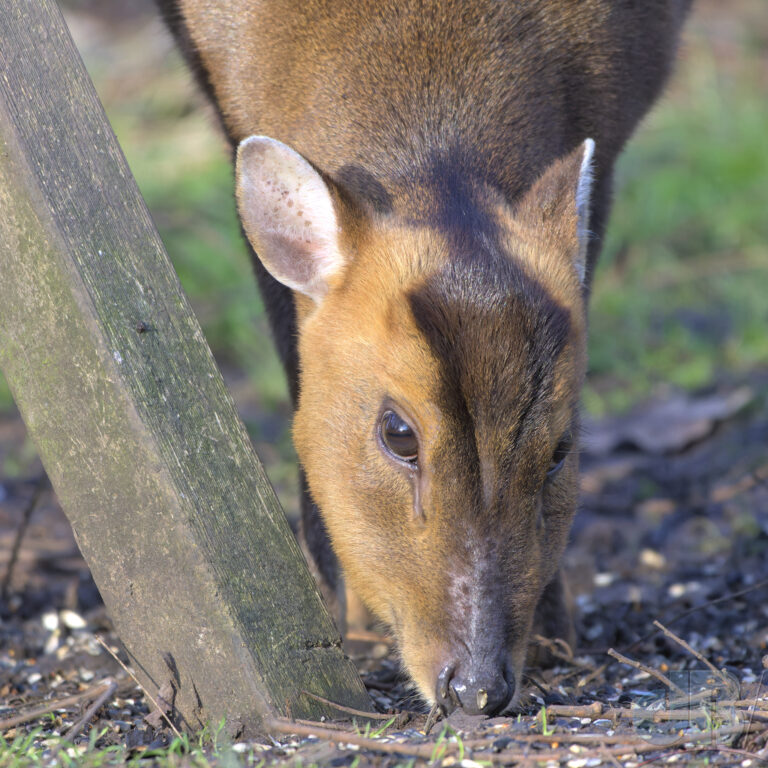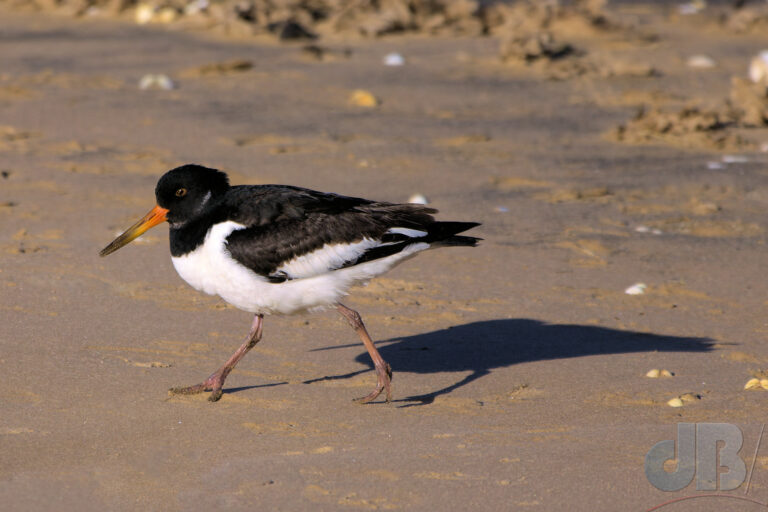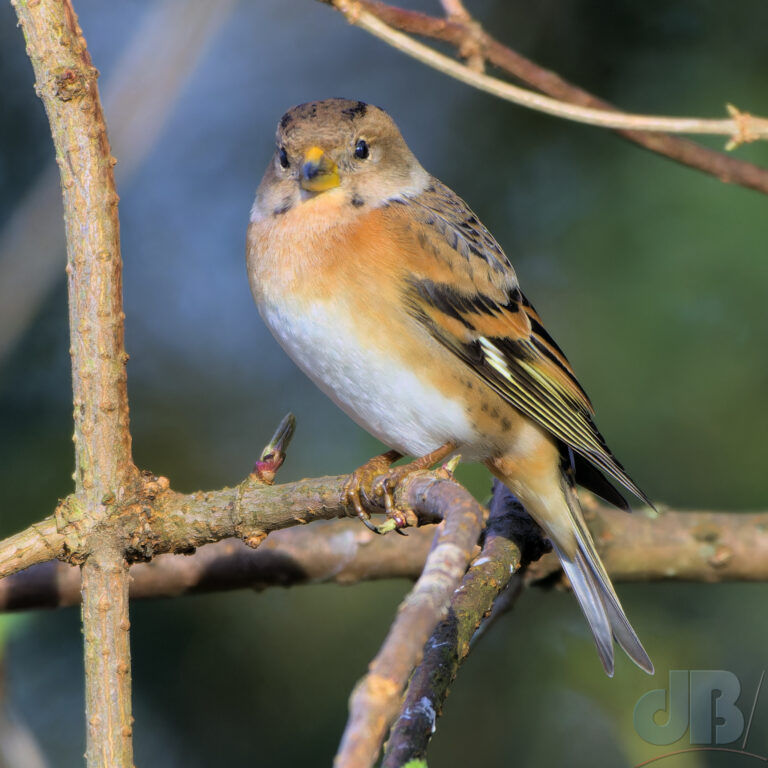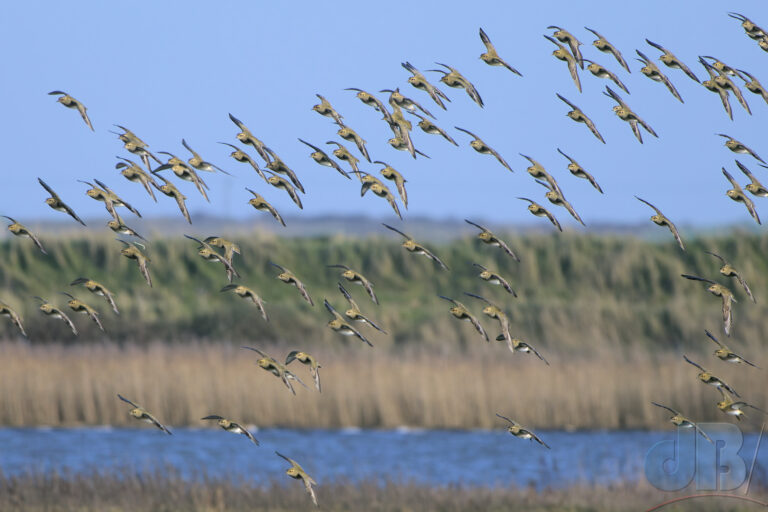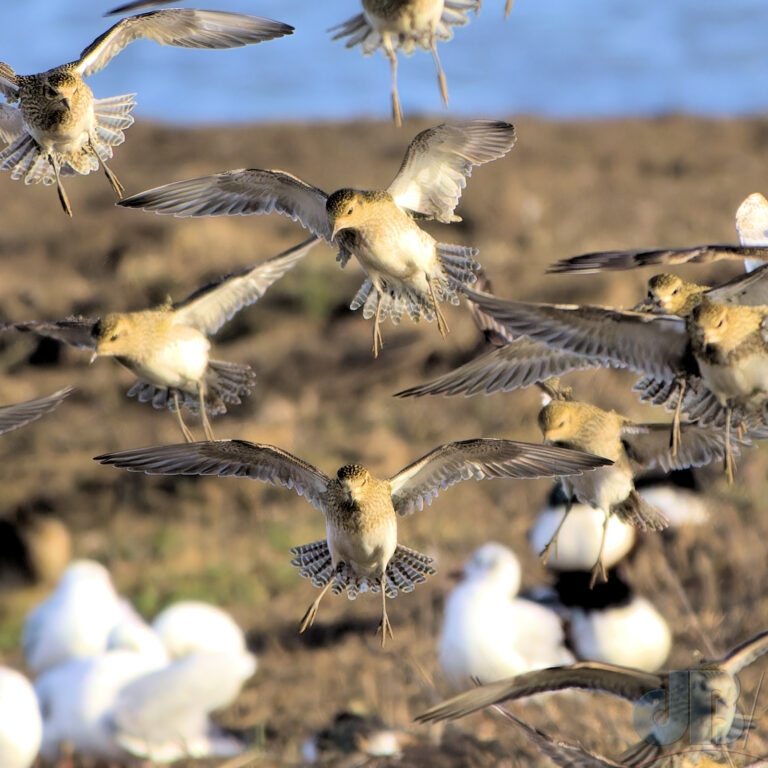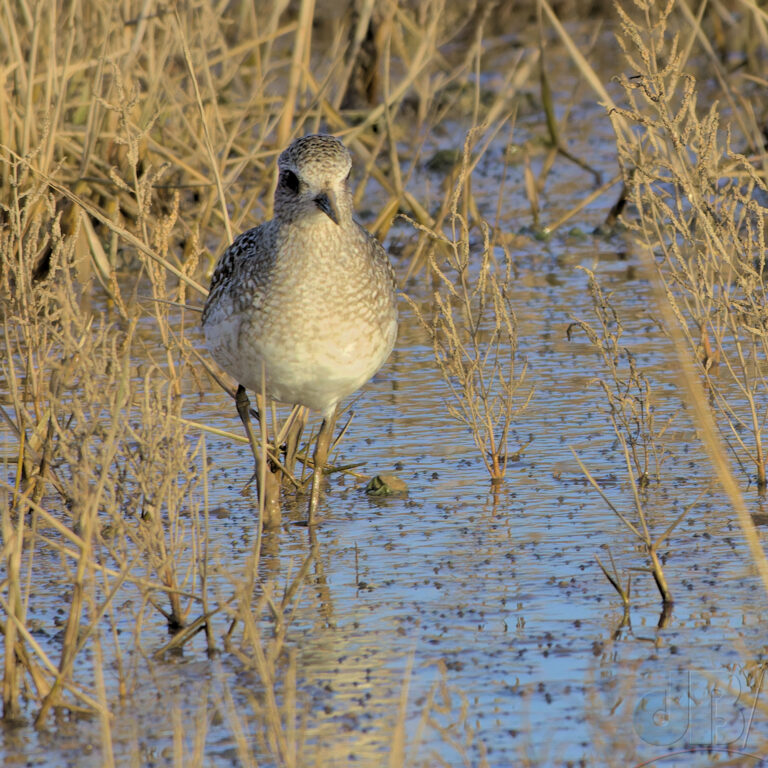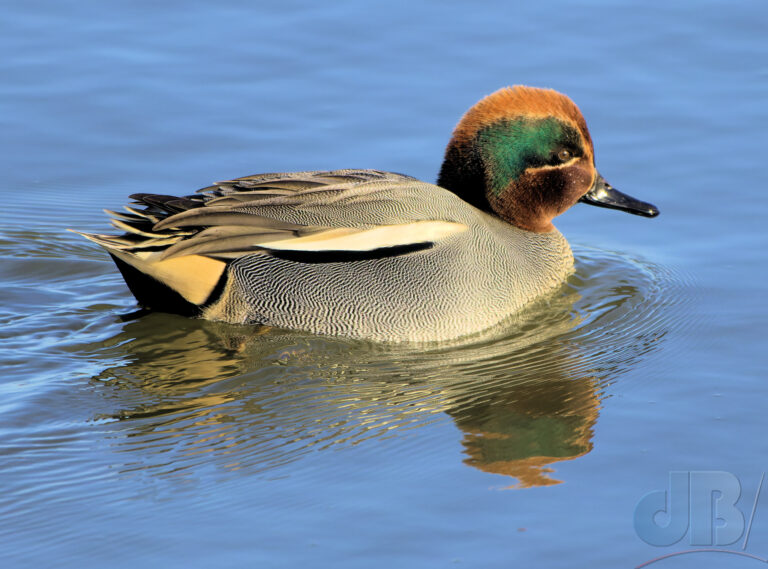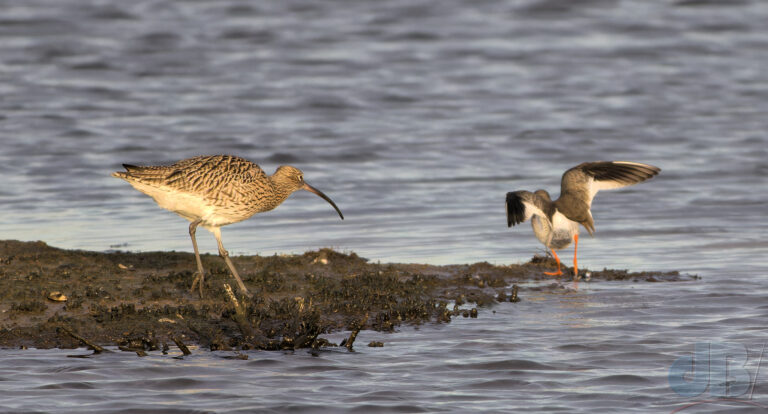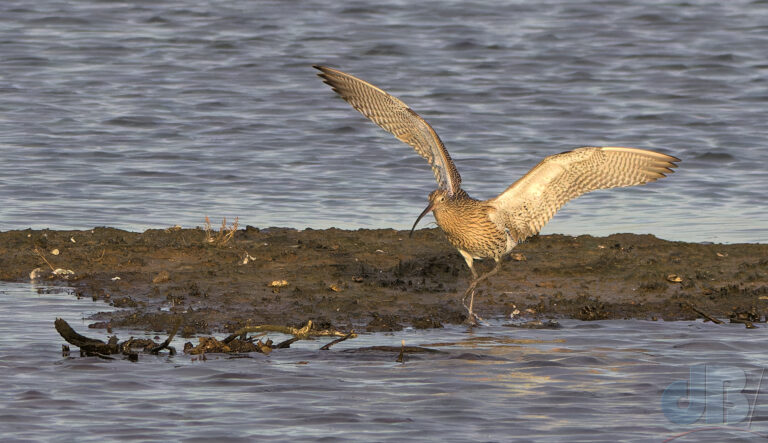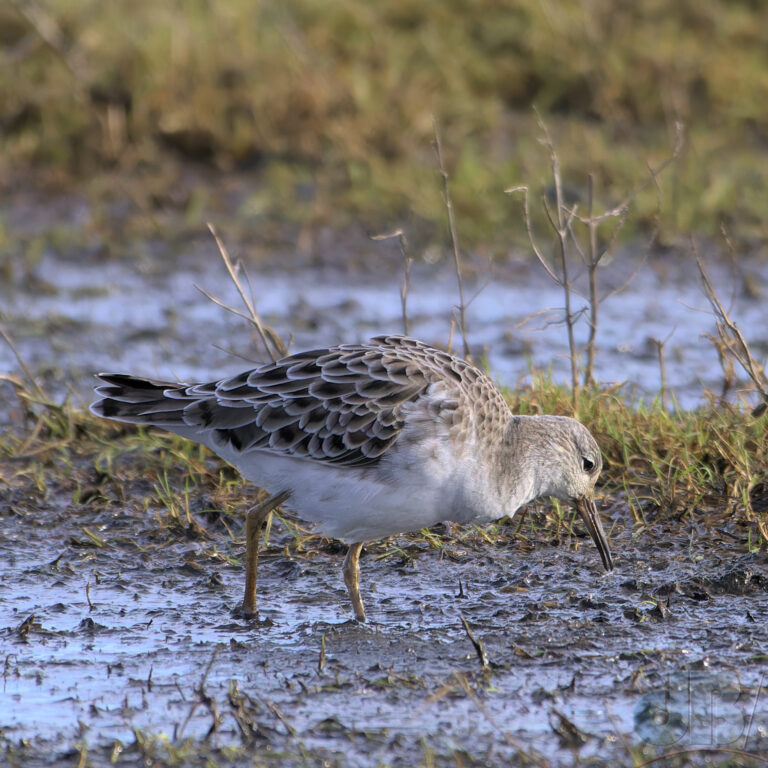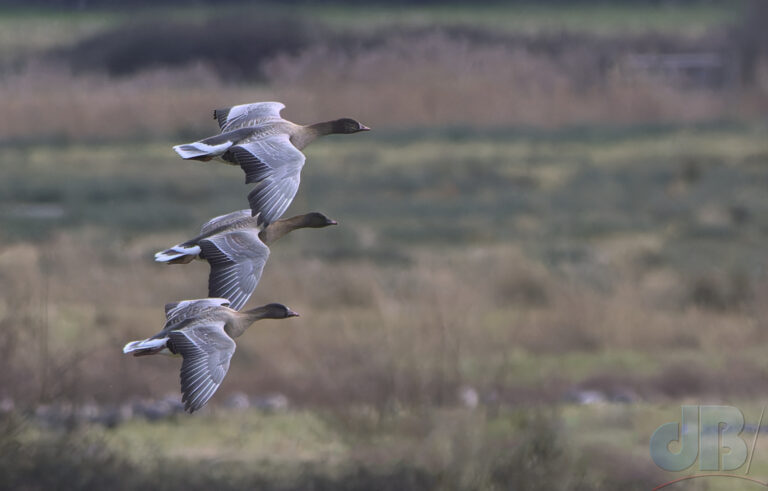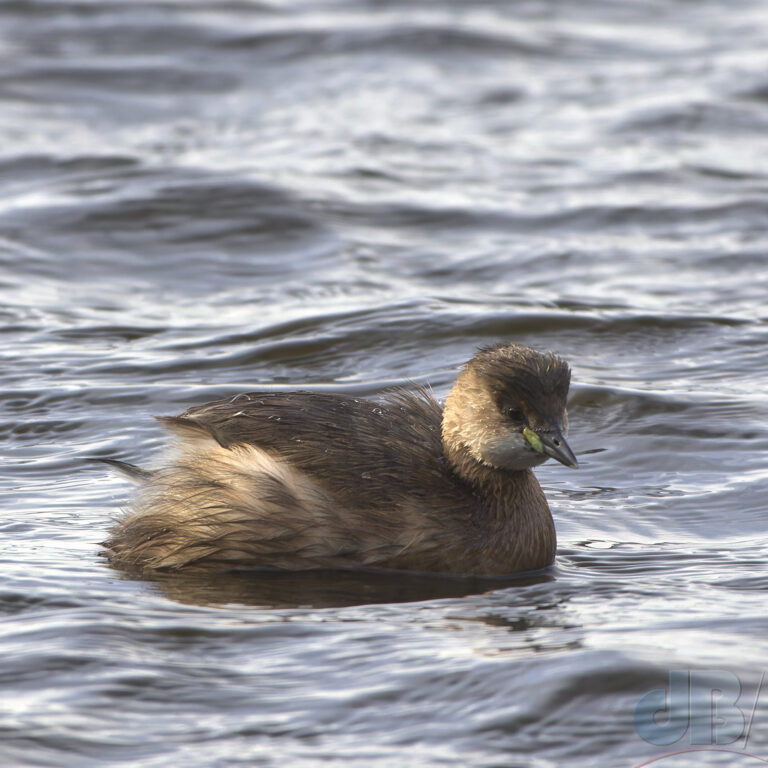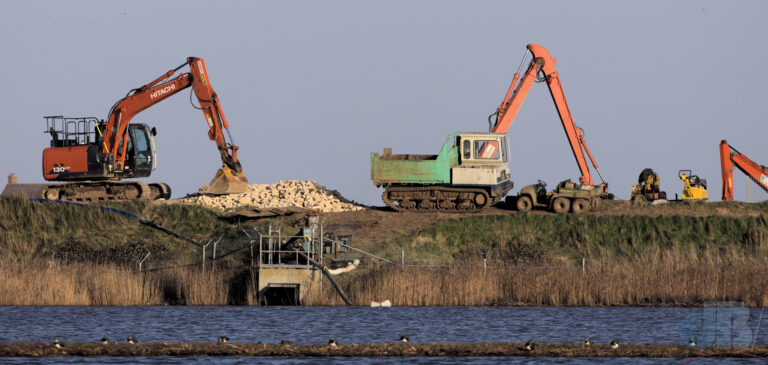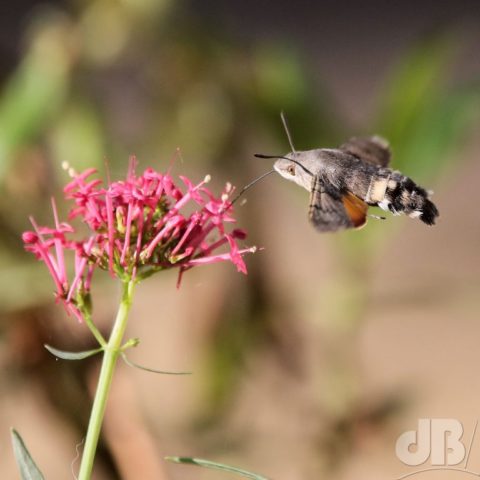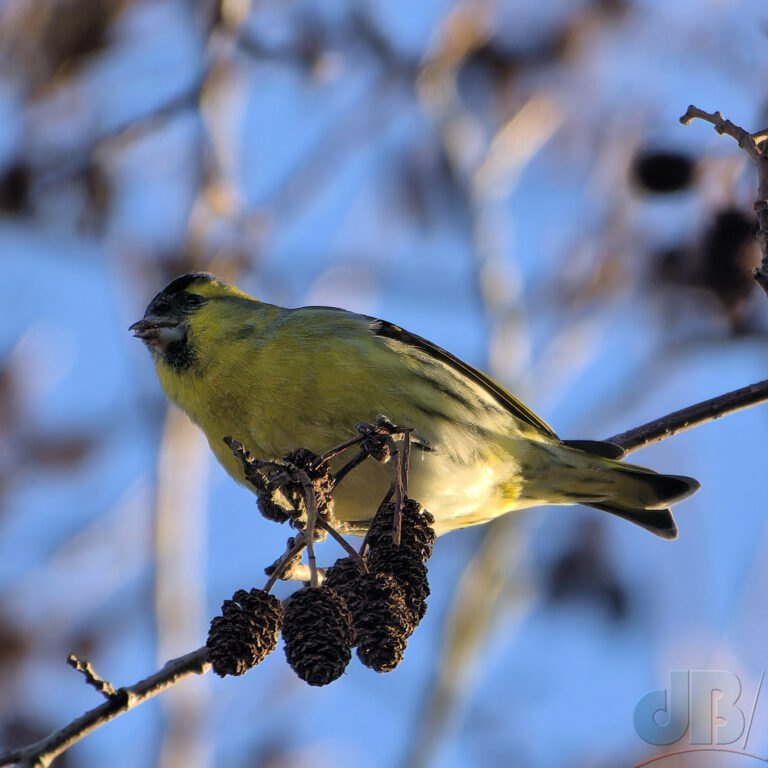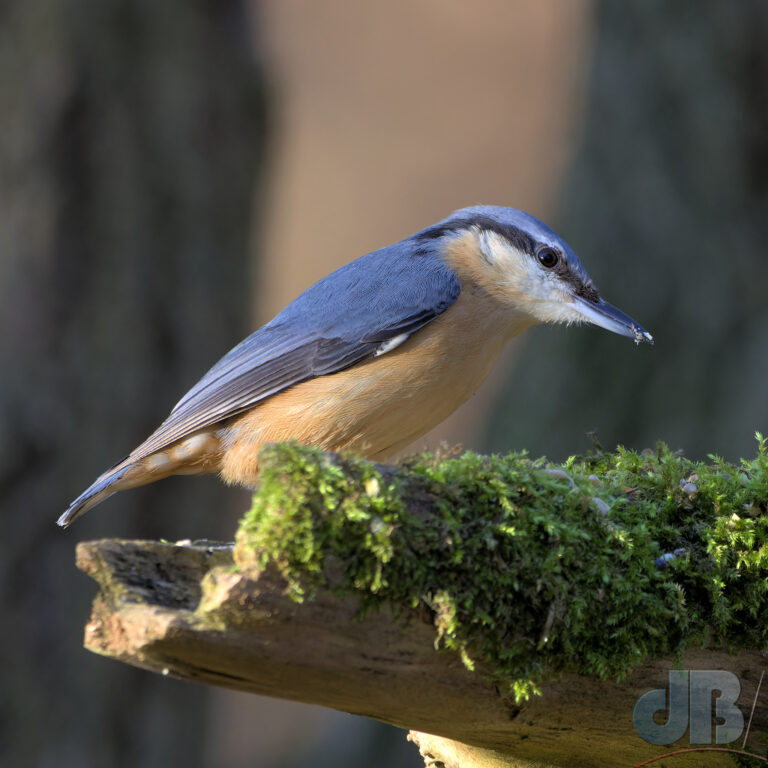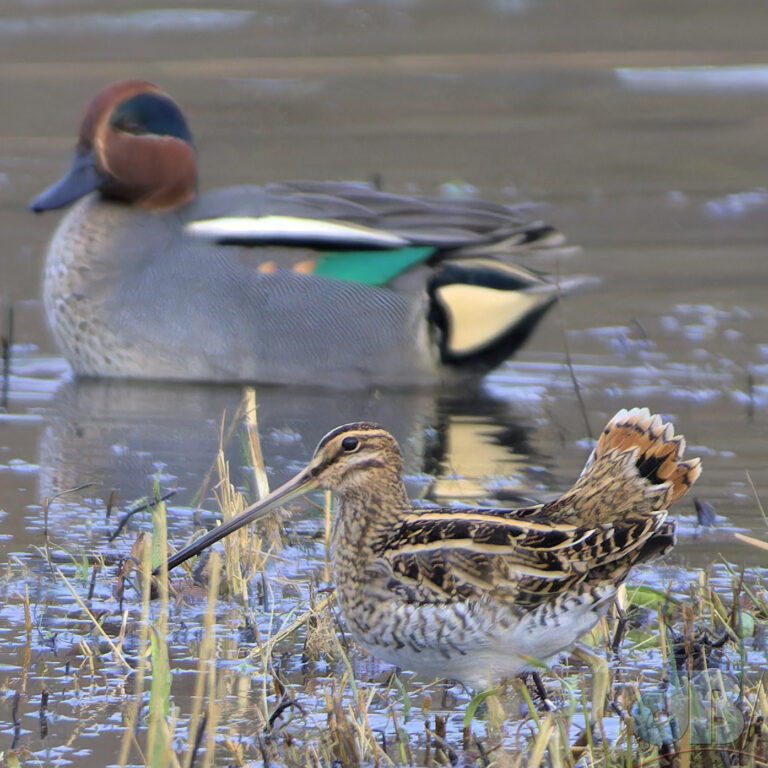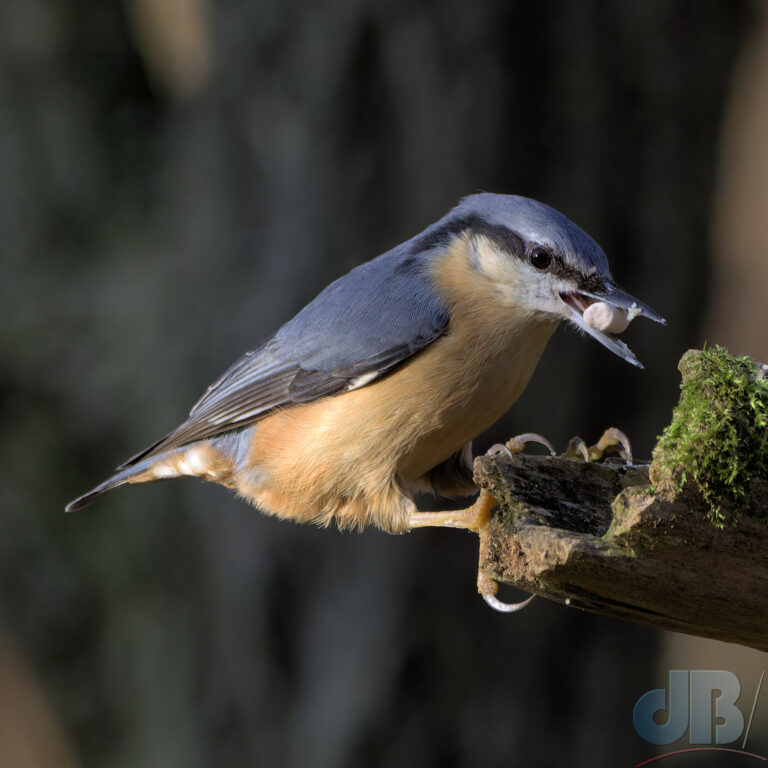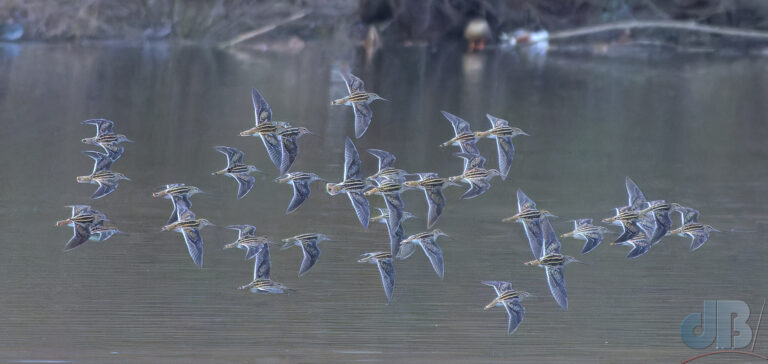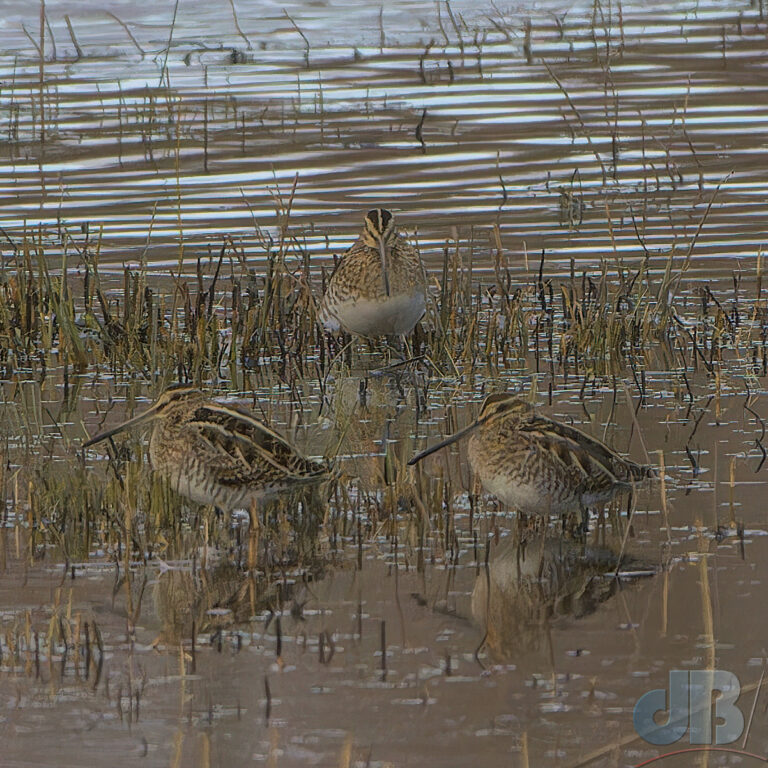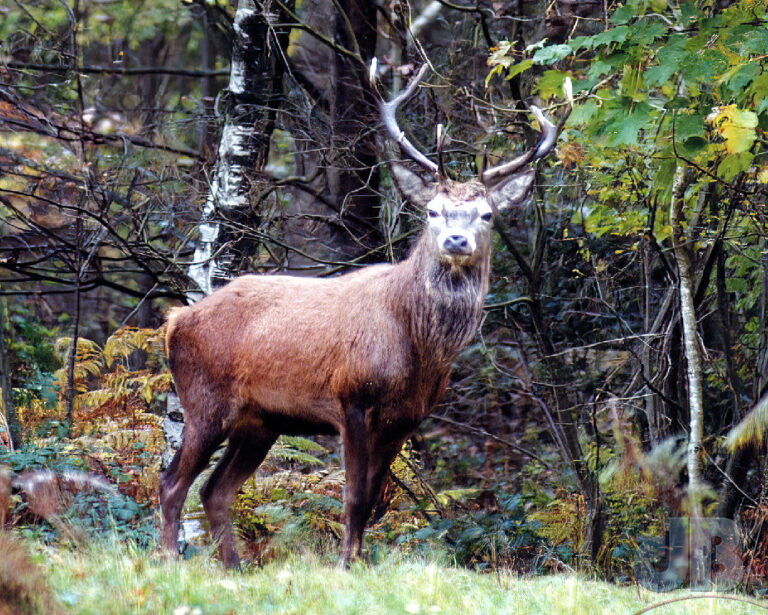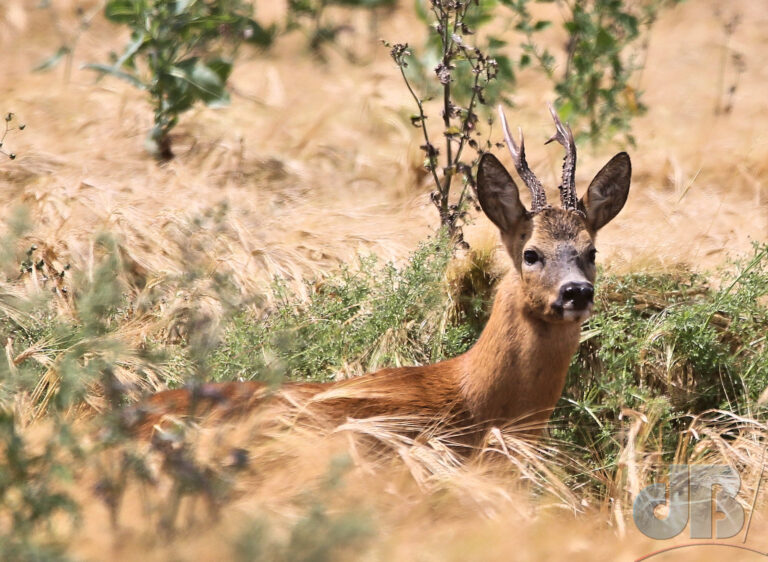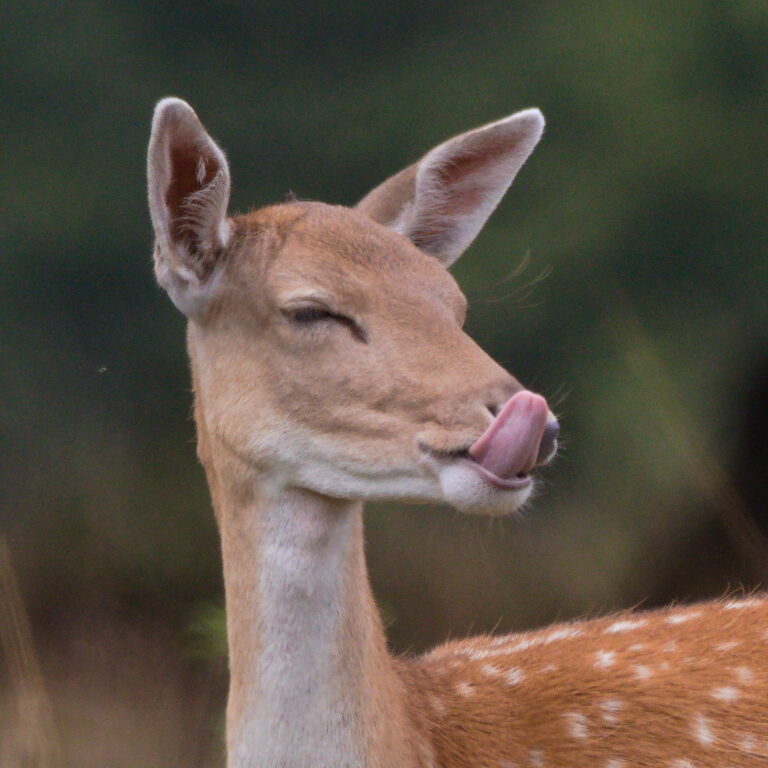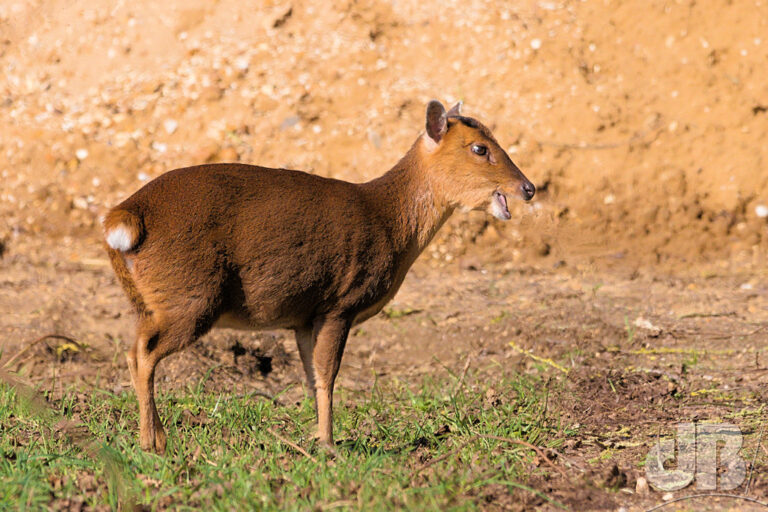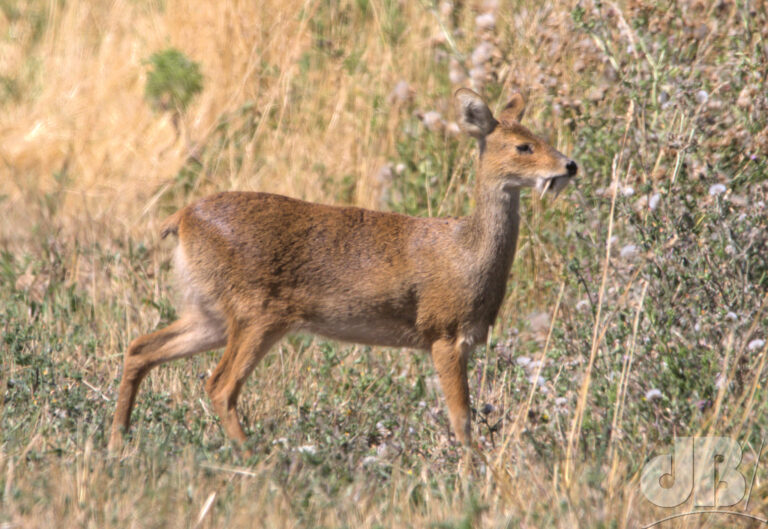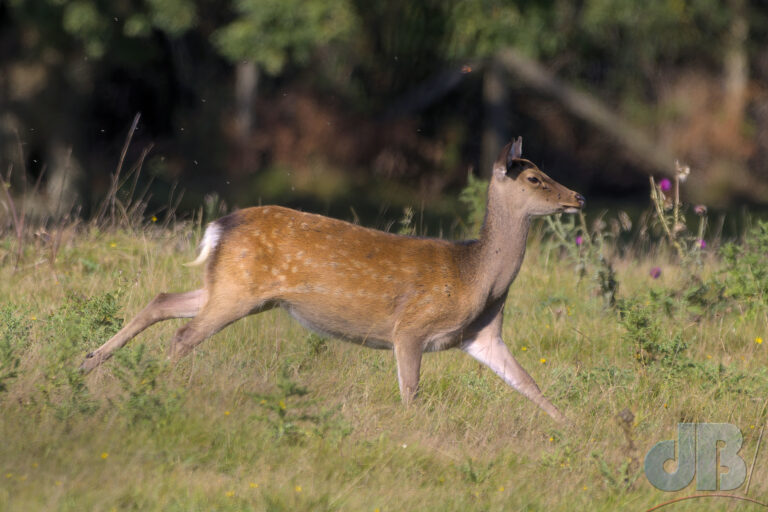What names we give the flora and fauna. Names are critical for scientific discourse and general conversation alike. They can be weird and wonderful, informative, confusing, hilarious even, and sometimes baffling. While common, or vernacular, names vary wildly, science, of course, has a relatively standardised method of naming living things. The common format, which is often colloquially known as the Latin name, is to have the species in a genus, a family group, and then to follow that genus name with the species name.
For example, in the UK, we might talk of the Snowdrop, or the Common Snowdrop. This delicate plant with white flowers that emerge in the spring is known to scientists as Galanthus nivalis. The genus is Galanthus and includes all the different species of snowdrops. The species name nivalis pins us to the Common Snowdrop. The scientific name, or binomial, tells scientists and others the exact species regardless of their native tongue.
While the Common Snowdrop is not a particularly confusing example, in the birding world we might discuss Lapwing in the vernacular. It’s more formally known as the Northern Lapwing to distinguish it from other lapwing species. However, in English, this species has many other names, such as Peewit, Green Plover, Pyewipe, and Tuit; there will be dozens and dozens of names elsewhere, of course. The Lapwing’s scientific name is Vanellus vanellus. There should be no confusion when given the scientific name.
It is worth noting that in taxonomy, the naming and classification of living things, there is always change as we learn more about known species and discover new ones. Often the original scientific names created in the 1700s or the 1800s need to be updated as new knowledge, such as genetic information becomes available. The Lapwing was originally in the wader (shorebird) genus Stringa, which includes the shanks and tattlers, but is more correctly given its place among the other lapwings in Vanellus.
You may have noticed that Vanellus vanellus seems to have a double name. The genus and species name being the same. This is known as a tautonym, as if there were some tautology in its name. Usually, this tautonymic naming nomenclature refers to the fact that the species is the type of the genus. So, the Northern Lapwing is considered the archetypal species in its genus.
There are lots of examples of such tautonyms discussed previously on Sciencebase. I’ve also mentioned how scientific names are not always binomial, they can have three parts so that sub-species can be named formally. For example, the full scientific name for the Lowland Mountain Gorilla is an interesting tautonymic trinomial: Gorilla gorilla gorilla.
Scientific names are usually printed in italics, and the genus name takes a capital letter but the species and sub-species are all lower case. As in, the scientific name of the Green Sandpiper, Tringa ochropus. You will also note that there is a good reason for capitalising vernacular names so that when one reads the phrase Green Sandpiper one knows that it is the specific bird that is being discussed rather than a sandpiper that happens to be green. This is more obviously useful when discussing various other species with even more potentially ambiguous names, such as the Little Owl. If it were not capitalised, then are we talking about the specific Little Owl or a generic owl that happens to be small?
So far, so good.
The world of genetic updates, recording corrections, and other modifications aside, there is a growing problem in the taxonomic world. Unfortunately, there are numerous names, vernacular and scientific, that do not sit well with modern values. The first example of this that came on to the Sciencebase radar was the moth species Lymantria dispar. This beautiful moth can be something of a pest. But its English vernacular name is to some ears more problematic than the eating habits of its larvae because for most of the time we have recorded this species it has been known as the Gypsy Moth.
Like I said, in some situations a rather unfortunate name that has been removed in the USA where L. dispar is now known as the Spongy Moth. This new vernacular name alludes to the mass of eggs laid by the female of the species. The change presumably avoids the issue of a racially sensitive vernacular name. Whether or not we are to rename the eponymous and vintage de Havilland aircraft similarly remains to be seen. Company founder Geoffrey de Havilland was a keen amateur lepidopterist and gave several of his aircraft moth names.
Now, the obvious problem is that any name change means that all of the printed works that mention that name are instantaneously out of date and as the old name fades into history, there will come a point where younger readers will not know it at all, not know to search those ancient tomes for the Gypsy Moth, for example, and will fruitlessly search for the Spongy Moth. Of course, with the digitised knowledge, there is the potential to do a global search and replace on the term Gypsy Moth and to swap it for the name Spongy Moth. But, that too brings with it a problem, perhaps for the older readers who have not yet heard the new term who then search in vain for Gypsy Moth missing all those fascinating references to the Spongy.
Thankfully, we still have Lymantria dispar so there is no problem for the world of science in terms of the vernacular names. But, there is an emerging problem. My attention was drawn to a recent article entitled “Protecting stable biological nomenclatural systems enables universal communication“, which discusses the issues that science might face in terms of changes in taxonomic names.
The article suggests that a stable system of naming biological systems has facilitated unambiguous scientific communication internationally. It then adds that there have been calls for a reboot of the naming systems that asks for fairer, more inclusive and socially just scientific nomenclature. The article suggests that the urge to remove or revise names associated with controversial individuals or offensive words comes from a genuine and deep-felt place. However, there is the likelihood, the article suggests, that the damage would far outweigh the healing that might come from such revisions.
The main problems that could arise might be summarised as follows:
- Historical accuracy and continuity: One of the primary problems with the notion of cancel culture in biological taxonomy is the potential erasure of historical names. Renaming species to align with modern values may result in the loss of valuable information, hindering the continuity of scientific knowledge.
- Impact on the scientific literature: Changing vernacular and scientific names can create confusion and disrupt the integrity of scientific literature, as discussed above. It requires extensive efforts to update databases, publications, and educational materials, impacting the accessibility of information for researchers and students and indeed for the public at a time when the perception of science needs bolstering.
- Unintended consequences: The attempt to eliminate potentially offensive names may lead to unintended consequences, such as the loss of cultural and historical context associated with the original names. Additionally, renaming species may not necessarily address the root issues related to inclusivity and justice.
- Subjectivity in name assessment: Determining which names are deemed offensive or inappropriate is subjective and may vary among individuals and cultures. This subjectivity introduces challenges in developing a universally accepted standard for renaming biological entities. Many of the worrying terms may well have been misconstrued as having inappropriate meaning or associations that do not exist.
Of course, social sensitivity is important and removing or renaming offensive terms reflects a desire to avoid perpetuating harmful stereotypes or biases to improve inclusion and diversity within the scientific community.
Indeed, many of the terms that have been in place for at least a century or two are often misconceived as offensive simply because they emerged from similar etymological roots as words we now consider offensive in social contexts. Some of these terms are not inherently offensive and are often neutral Latin or Greek terms or are coincidentally the same when translated into another language as a word considered offensive locally. Some are thought to be referencing individuals that they are not. It can be confusing and would be even more so if terms were redacted that needn’t be.
What we need to avoid is the disruption of scientific communication and the erasure of historical continuity. It is worth noting that the current system has at its core transcultural communication and operational neutrality.
